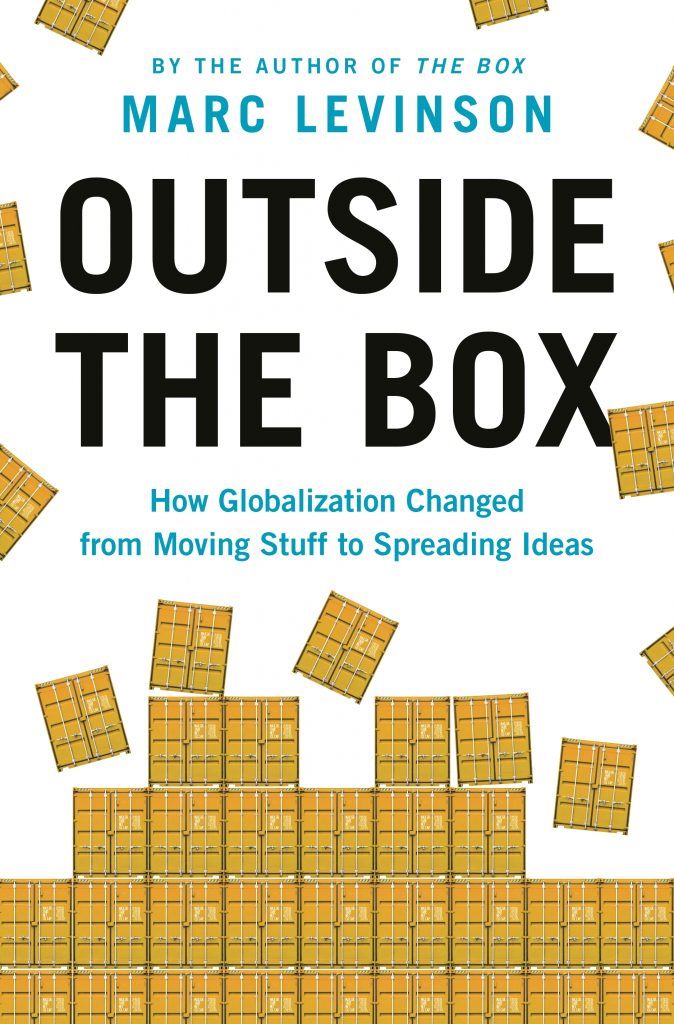
Globalization has transformed our world. It has sent massive flows of money sloshing across borders, bringing us low-interest mortgages, jobs in foreign-owned companies — and more frequent financial crises. It has driven down the prices of underwear, electronic devices, and the fresh strawberries we have come to expect even in the middle of winter. It has brought unprecedented prosperity to countries that were only recently very poor, while leaving other countries with gutted industrial towns and long-term unemployment. It has triggered political uproar, shaken international institutions, and altered the global balance of power. Globalization may be the most important phenomenon of recent decades. But it has a much longer history.
Outside the Box presents an unorthodox history of globalization. It shows that modern value chains, made possible by dramatic declines in the costs of shipping, communications, and computing, are but a stage in a phenomenon that has been underway for nearly two centuries. Over this time, globalization has not proceeded on a straight line. World War I abruptly reversed the decades-long expansion of international lending and foreign investment. Many countries raised their barriers to imports during the Great Depression, and World War II severed economic relations among nations that previously enjoyed close ties. Long before the the British voted for Brexit, presidential candidate Donald Trump decried “radical globalization,” and French politician Marine Le Pen warned of “the rampant globalization that is endangering our civilization,” the sixty-year boom in international trade was waning — even as ocean carriers bet heavily on globalization by launching vessels so huge that a single ship can carry more freight than 11,000 trucks, the better to slash the cost of moving goods.
Looking ahead, globalization is likely to assume a very different shape. The long-distance value chains that have defined the world economy since the 1980s have been retracting as firms recognize costs they previously failed to account for. Investors and lenders have pulled back from cross-border opportunities they once would have embraced. As automation squeezes out factory labor costs, low-wage countries are losing much of their edge, and the aging of populations is limiting the demand for many of the things they make. Globalization is by no means over, but its next phase will have more to do with trading ideas and services than with transporting goods in metal boxes around the globe.
Outside the Box, in the opinion of economic historian Brad DeLong, “is a superb look at how globalization is itself changing.” Historian Gary Gerstle describes it as “A sweeping and lucid account of the world’s encounter with globalization across the past century…. especially illuminating about the current moment,” while economic historian Mira Wilkins found it “brings new insights to the story of globalization.” Writing in The Wall Street Journal, reviewer Matthew Rees found the Outside the Box “absorbing.” Perhaps my favorite review, though, appeared in the venerable Journal of Economic Literature, where Andreas Grein wrote, “I really enjoyed this book.” I couldn’t imagine a nicer compliment.